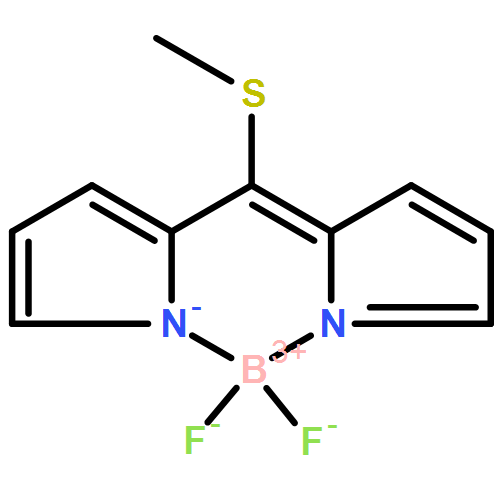Abstract
A one-step synthetic procedure for the radical C![[BOND]](http://onlinelibrarystatic.wiley.com/undisplayable_characters/00f8ff.gif) H alkylation of BODIPY dyes has been developed. This new reaction generates alkyl radicals through the oxidation of boronic acids or potassium trifluoroborates and allows the synthesis of mono-, di-, tri-, and tetraalkylated fluorophores in a good to excellent yield for a broad range of organoboron compounds. Using this protocol, multiple bulky alkyl groups can be introduced onto the BODIPY core thus creating solid-state emissive BODIPY dyes.
H alkylation of BODIPY dyes has been developed. This new reaction generates alkyl radicals through the oxidation of boronic acids or potassium trifluoroborates and allows the synthesis of mono-, di-, tri-, and tetraalkylated fluorophores in a good to excellent yield for a broad range of organoboron compounds. Using this protocol, multiple bulky alkyl groups can be introduced onto the BODIPY core thus creating solid-state emissive BODIPY dyes.
